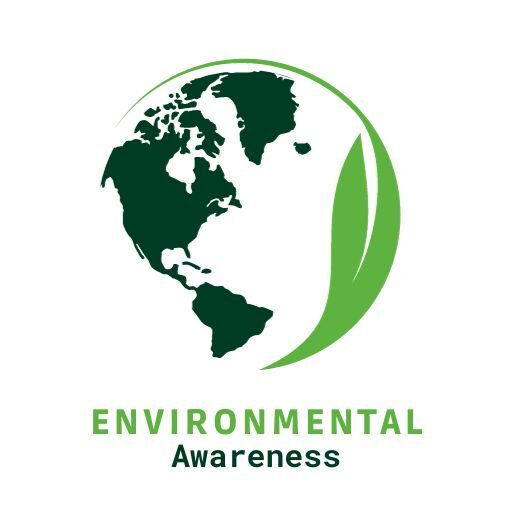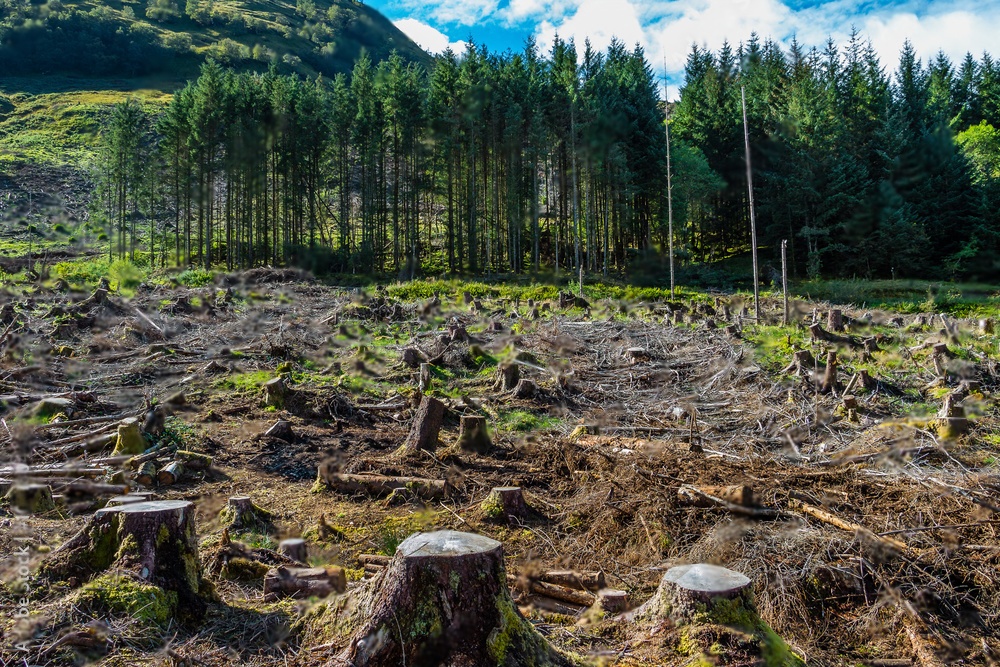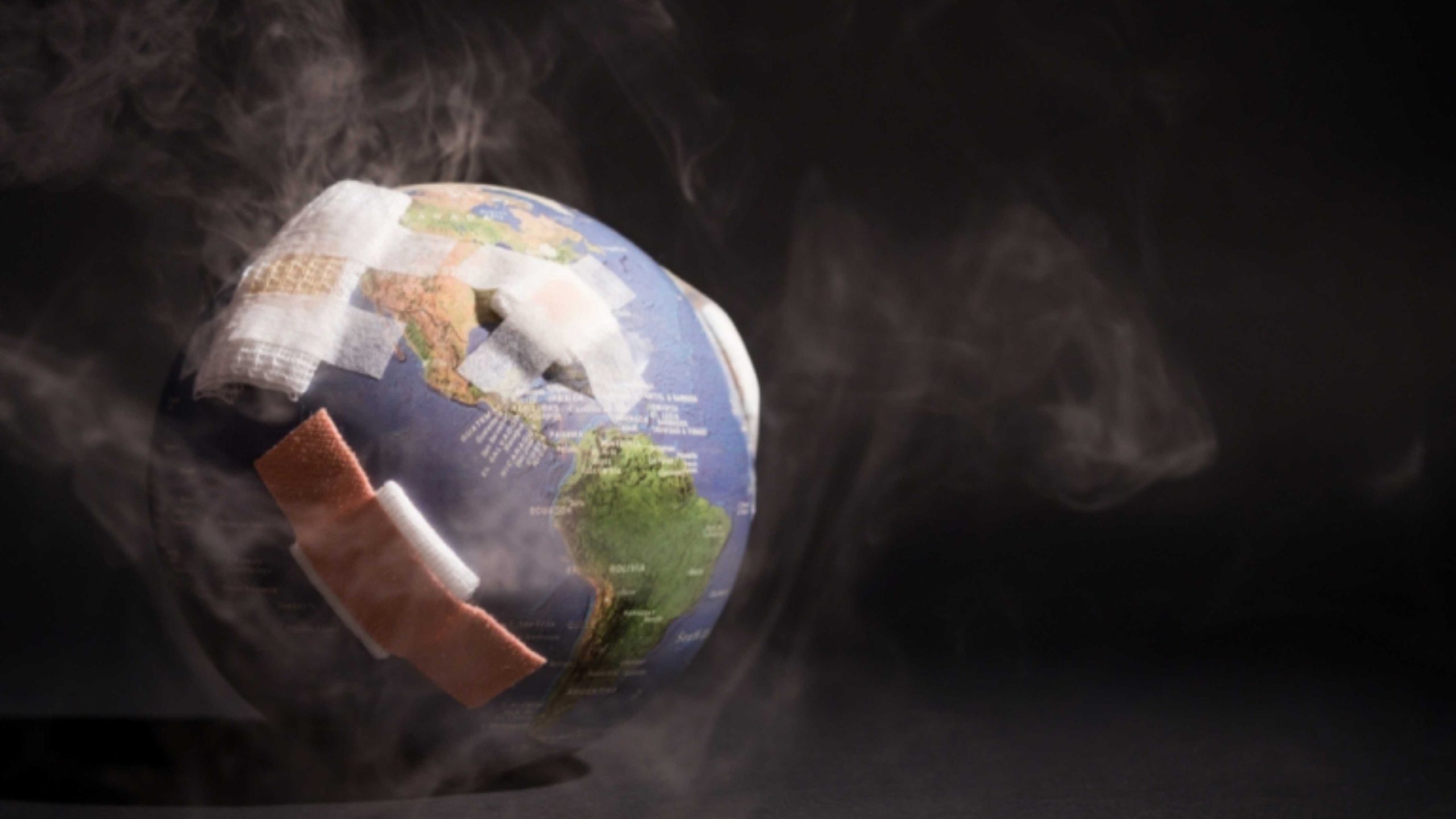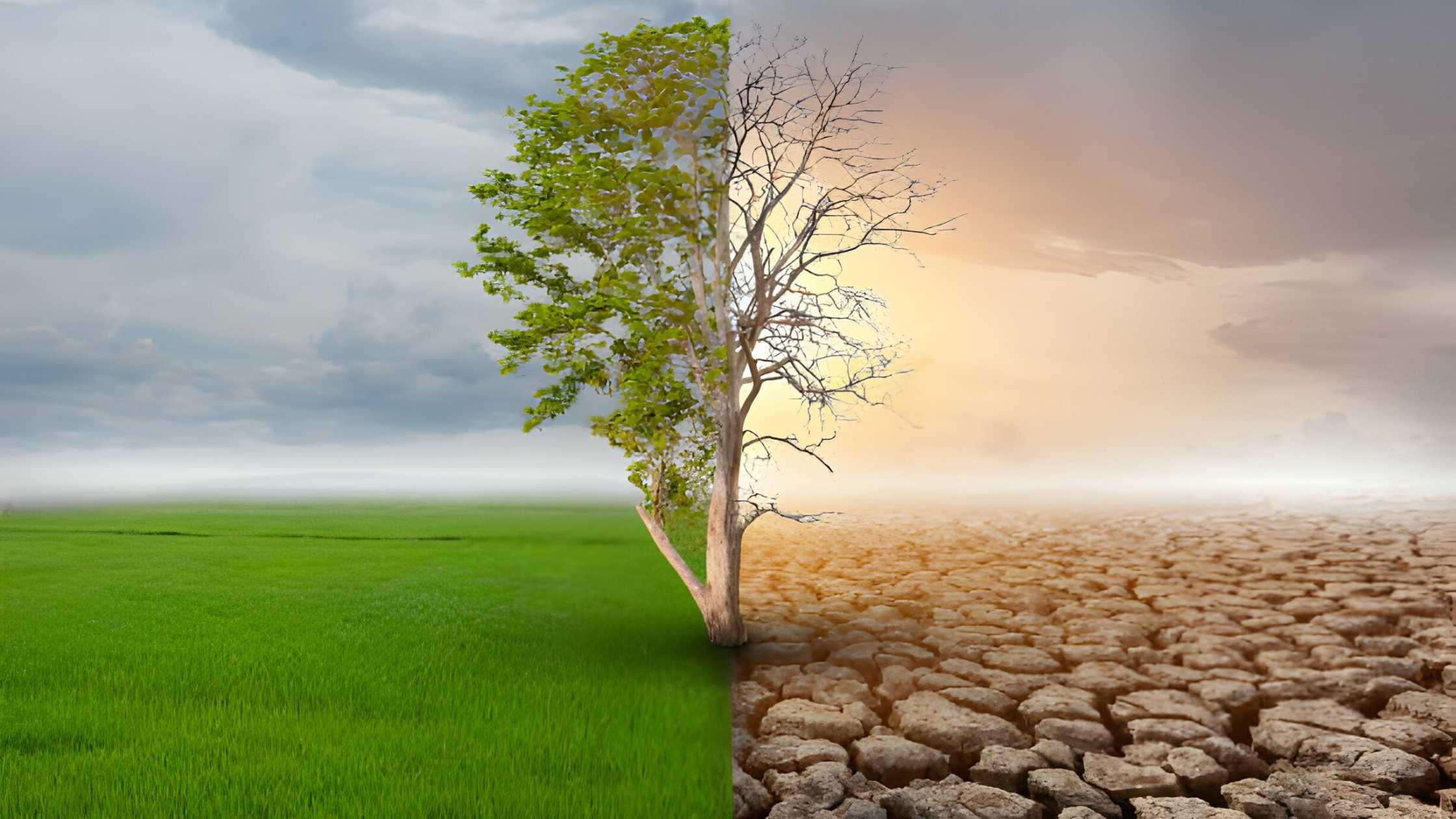
The Ozone Layer: Healing Slowly, But Surely
Our protection from the sun’s damaging ultraviolet (UV) radiation comes from the ozone layer, a crucial barrier in the stratosphere of Earth. The phrase “ozone hole” originated in the late 20th century, when troubling scientific findings indicated a diminishing ozone layer, especially over Antarctica. This revelation led to a successful environmental movement and raised concerns throughout the world. This article examines the ozone layer’s current condition, its recovery advancements, and the continuous initiatives to guarantee its full recovery.
The Threat: Ozone Depletion and the Ozone Hole
Once widely utilized in aerosols and refrigerants, chlorofluorocarbons (CFCs) were shown to be the main cause of ozone depletion. As CFCs ascend to the stratosphere, UV light breaks them down, releasing atoms of chlorine. These atoms of chlorine function as catalysts, dissolving ozone (O3) molecules into molecules of oxygen (O2).
Because of the distinct atmospheric conditions over the Antarctic, ozone depletion is most noticeable there. Stratospheric clouds grow during Antarctic winters, which are long, cold, and isolated, and offer perfect surfaces for ozone-destroying chlorine rays to strike. The ozone hole peaks in size in the spring when sunlight returns.
International Action: The Montreal Protocol
Concerning scientific discoveries about ozone depletion, the world came together in 1987 under the terms of the Montreal Protocol. This important worldwide agreement was the result of a determined effort to stop the manufacturing and use of compounds that deplete the ozone layer on Earth, such as chlorofluorocarbons (CFCs), by focusing on ODS. The Montreal Protocol, widely acknowledged as a ground-breaking measure, outlined a gradual strategy to reduce ODS production and consumption, protecting the ozone layer from additional degradation.
The effectiveness and influence of the Montreal Protocol have been widely praised over time. The progressive regeneration of the ozone layer has been facilitated by the large reductions in ODS emissions that have been catalyzed by collaboration among industry stakeholders and nations. The effectiveness of international cooperation in tackling global environmental concerns is demonstrated by the success of this environmental accord. The impact of the Montreal Protocol goes beyond ozone preservation, too, as it provides a model for other international initiatives aimed at addressing urgent environmental problems and preserving the world for coming generations.
Positive Signs: A Healing Ozone Layer
The global commitment to phasing out ozone-depleting substances (ODS) has produced positive outcomes.
- Decreased emissions: Since the start of the Montreal Protocol, there has been a notable decline in ODS emissions, which is consistent with a slower rate of ozone depletion. This significant decrease demonstrates the effectiveness of the Protocol in reducing environmental impact and emphasizes the necessity of ongoing efforts to maintain this encouraging trend.
- Ozone hole shrinking: Over the past few decades, there has been a steady decline in the Antarctic ozone hole’s annual maximum extent, which is indicative of improvement. While there are annual variations due to meteorological factors, the general trend indicates that the ozone layer is recovering and supports the efficacy of environmental interventions.
Recovery Timeline and Challenges
Despite the progress, the path to complete ozone layer recovery is a long one.
- Slow Removal of ODS: Ozone-depleting chemicals (ODS), such as chlorofluorocarbons (CFCs), remain in the atmosphere for many years. Even though the emissions have stopped, it will take time for them to completely disappear because they are persistent. It is important to be patient while these toxic substances are eliminated by natural mechanisms.
- Unequal Recoveries: The rate of ozone layer recovery differs by location. Mid-latitudes are expected to recover more quickly, although polar areas like the Antarctic may take longer to recover. This non-uniformity highlights the intricate dynamics of ozone depletion and calls for customized strategies to mitigate regional differences.
Looking Forward: Continued Vigilance
While the outlook for the ozone layer is positive, continued vigilance is crucial.
- Complete Compliance with the Montreal Protocol: It is imperative that all countries fully abide by the Montreal Protocol, which mandates that ODS be phased out and that illicit manufacture and use be stopped. Maintaining the ozone layer and reducing global environmental degradation requires this dedication.
- Study and Monitoring: It is still essential to do ongoing studies on how climate change affects ozone recovery as well as continuous monitoring of the ozone layer. This continuous work is necessary to ensure the long-term health of our planet’s protective air barrier and to inform effective environmental policy.
- Innovation and substitutes: It is crucial for many businesses to develop and implement safe, long-term substitutes for ozone-depleting chemicals (ODS)! In addition to preserving the ozone layer, this innovation-driven movement also encourages environmental stewardship and builds a more sustainable future for future generations.
The Road to a Healthy Ozone Layer
The story of the ozone layer teaches important environmental lessons: significant progress is driven by worldwide cooperation, swift action, and continuous observation. The ozone layer’s recovery emphasizes how important it is for all of us to protect this vital barrier for a healthy world. This story illustrates the effectiveness of teamwork in addressing global environmental issues.
Governments commit to reducing harmful practices and embracing sustainable alternatives through programs like the Montreal Protocol. Being alert and flexible is essential because it allows for prompt responses to changing threats through ongoing monitoring. In the end, the tale of the ozone layer acts as a lighthouse, showing the way towards a robust and sustainable future for everybody.





